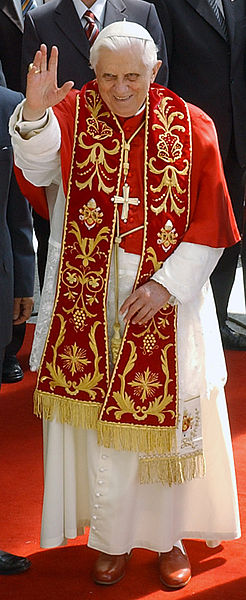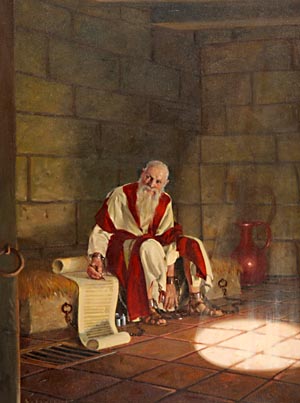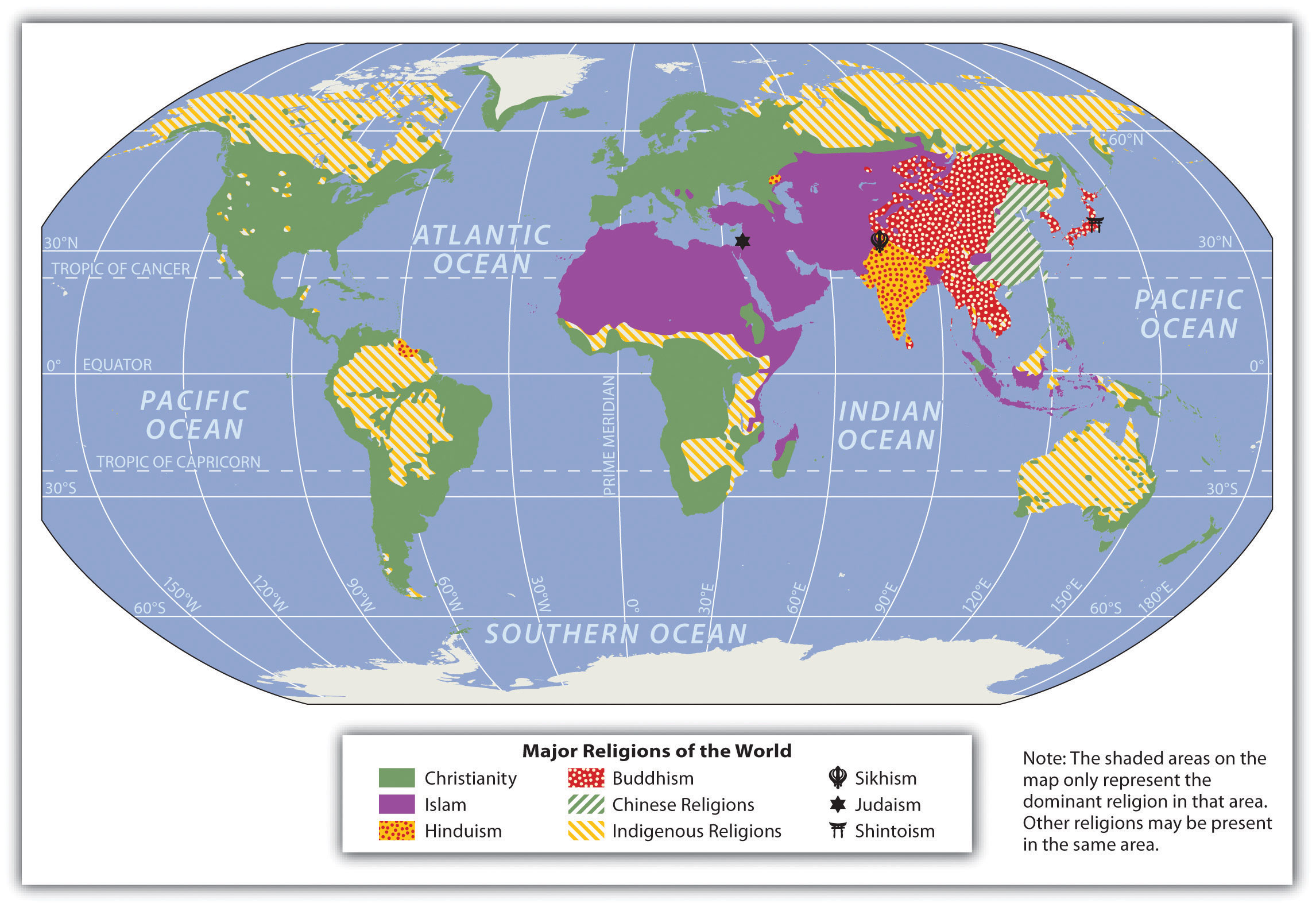Easter is celebrated the world over to mark the resurrection of Jesus Christ – believed by Christians to be the Son of God. Easter is celebrated by many races of people worldwide. However, Easter has been extremely commercialized to a large extent by companies manufacturing Easter related goods and items, which includes the greeting card industry. It is important that in all the commercialization of this very important festival, one does not forget the history of Easter.
The History of Easter
by Geno Jezek
Easter is one of the most celebrated festivals of the modern Christian church. According to St.Bede, an English historian of the eighteenth century, Easter owes its origin to the old Teutonic mythology. The name Easter was originally derived from the word Eostre. Eostre was the ancient Greek goddess of spring. It was believed that every year, Eostre returned to Earth after a long, cold winter and brought along with her the light and warmth of Spring. Thus, ancient Greeks held pagan festivals to welcome Eostre and herald the onset of spring.
The Pagan festivals always coincided with the vernal Equinox on the 21st of March every year. Though the Greek were not fully cognizant of why and when spring comes, they believed Eostre must be pleased to ensure that she returns year after year. The festivals were lavish feasts that celebrated the booming of new flowers, the chirping of birds, butterflies, and sunshine and in general the feeling of rejuvenation that is inherent of spring.
The Christian church however, changed the Pagan festival from a celebration of spring to a celebration of the resurrection of Jesus. In 325 A.D. the church also changed the date of the festival. The festival was no longer held on the spring equinox. Instead, as per the Church Council of Nicaea henceforth it was to be held on the very first Sunday following the full moon on or after the vernal equinox. Thus, today Easter is celebrated on different dates every year and can occur as early as March 22nd or as late as April 25th.
Some people even believe that Easter is related to the Hebrew celebration, the Jewish Passover. Passover is celebrated to mark the freedom of the Israelis from bondage and slavery after 300 years. It was during Passover in 30 A.D. that Christ was crucified for being blasphemous. The resurrection happened three days later on what is today known as Easter Sunday. The early Christians, many of whom were raised as Jews considered the resurrection and Easter as a new part of pascha. Thus the early celebration of Passover came to be celebrated as Good Friday and Easter.
Today grand scale events mark the celebration of Easter in the United States and across the globe. Many traditional symbols of Easter continue to dominate the scene while new traditions are being part of the festival too. Thus, Easter is a festival that denotes life, rejuvenation, renewal, rebirth and restoration of all beings on Earth.
|
For more information, please visit the following websites:
The Holy Week leading up to Easter / Orthodox Easter in the United States / Would Jesus Keep Easter? / Easter: USA and around the world / Traditions & Symbols of Easter
|









